In a guest blog, PhD student Oliver Clabburn tells us about his family’s experience of MND and his research interests. He also explains how you and young people in your family can help him with his latest research project looking into digital legacies.
In the mid-nineties my family joined the technology revolution with an answering machine! We had only just returned home when my Dad started recording the answering message.
In 1997, Dad started having problems with his speech and weakness in his legs. He was diagnosed with MND later on that year, and within a few months after first visiting the doctor, he had stopped work because of his deteriorating speech and regular falls. He became more and more reliant on his robotic sounding light-writer as he lost his voice, and soon, the answering machine was the only reminder I had of what he once sounded like.
He moved into the local hospice for the final few years of his life due to his care needs increasing and eventually passed away in 2004. As a family, we then began grieving and getting used to a life without him. This is another challenge to overcome, in addition to all the other ways in which MND impacts upon families.
Fast forward to now and I’m a PhD student at Edge Hill University in Lancashire. My area of research is children and young people who provide care for family members with MND, and also young people who are bereaved due to the disease. Some people may remember a piece of research I carried out a few years ago investigating the experiences of having a parent with MND which was reported in Thumb Print.
When I started my doctorate last year, I began to consider different ways of supporting young people who are affected when someone in their family is diagnosed with MND. People often talk about how photographs, music, old clothes and memory boxes provide comfort and support whilst grieving. I started to think about how I would listen to the answering machine to hear my Dad’s voice, not only when he had passed away, but often as a reminder when he was still alive that he didn’t always sound like a light-writer!
My PhD research is investigating the use of videos as a purposefully recorded ‘digital legacy’ with people affected by MND. This is where people with MND record a series of video clips about their life, memories, accomplishments and messages for children in their family. These videos are then exported to a DVD or digital source, and given to the young person to watch whenever they feel the need to reconnect with the person they care for, or remember the person that may have passed away.
My study is investigating the experiences of creating and using a digital legacy with people affected by MND. To do this, I will be interviewing around 10 people from the following three groups from now until April 2017:
- People with MND who are recording/have already recorded a digital legacy for a child or young person in their family
- Young people (aged 11-24) who are currently caring for a family member with MND and use a pre-recorded digital legacy as a means of support
- Young people (aged 11-24) who are bereaved due to losing a family member who had MND and are using a pre-recorded digital legacy to support them whilst they grieve.
The interview will take place either face-to-face or through Skype, whichever is preferred by those taking part. The interview will last about 30 minutes and will be informal making it feel like a conversation.
Some people may know exactly what to say and what to talk about when making their digital legacy, but for many, it’s hard to know where to start. There are many digital legacy computer programs available to download, but one of them, called RecordMeNow, was presented at the ALS/MND symposium last year in Brussels.
RecordMeNow is free to download for your computer at www.recordmenow.org, or from the Apple App store for your iPad/iPhone. It is specifically designed to leave a video legacy for children and provides a selection of prompting questions that you can add to, modify or delete as required. Although it is completely independent from my research, it is a great free app that can help people to create their digital legacy for a child.
If you would like to take part in the study, or know a young person that may like to be interviewed, please contact me by:
- Phoning 01695 654316
- Emailing clabburo@edgehill.ac.uk
- Heading to www.facebook.com/mndlegacy

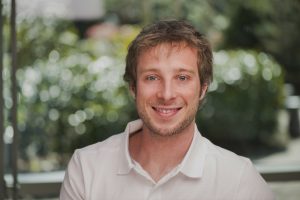
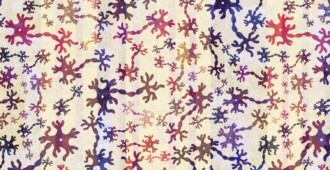
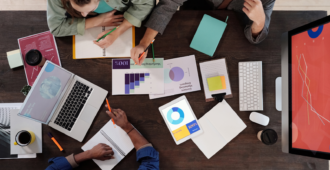

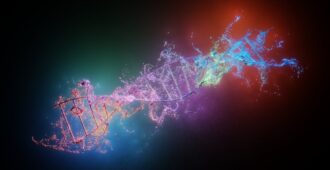
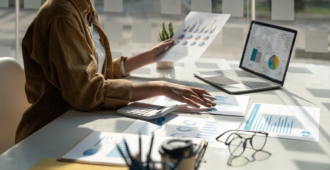
Ollie although your research isn’t looking for a cure I can see that you know what MND can do to a family. Unfortunately we didn’t have an answer machine and so I no longer have any digital memory of my sons voice only the one in my head. His children were only just starting to speak when he lost the ability so they don’t even have that. I am so sorry that MND touched your life.